Increasing Health Consciousness
The rising awareness regarding health and wellness among consumers appears to be a pivotal driver for the Dill Seed Oil Market. As individuals increasingly seek natural remedies and dietary supplements, the demand for dill seed oil, known for its potential health benefits, is likely to surge. Dill seed oil is recognized for its antimicrobial and antioxidant properties, which may contribute to its appeal in the wellness sector. Market data indicates that the essential oils segment, which includes dill seed oil, is projected to grow at a compound annual growth rate of approximately 8% over the next few years. This trend suggests that the Dill Seed Oil Market could experience substantial growth as consumers prioritize natural and organic products.
Growth in Personal Care Products
The personal care industry is witnessing a notable shift towards natural and organic ingredients, which is likely to benefit the Dill Seed Oil Market. Dill seed oil is increasingly being incorporated into skincare and haircare products due to its potential soothing and anti-inflammatory properties. As consumers become more discerning about the ingredients in their personal care products, the demand for dill seed oil is expected to rise. Market data reveals that the natural personal care market is projected to grow significantly, with essential oils playing a crucial role in this expansion. This trend indicates that the Dill Seed Oil Market could see increased adoption in personal care formulations, aligning with consumer preferences for clean and effective products.
Rising Popularity of Aromatherapy
The growing interest in aromatherapy and holistic wellness practices is emerging as a key driver for the Dill Seed Oil Market. Dill seed oil, known for its calming and soothing properties, is increasingly being utilized in aromatherapy applications. As consumers seek natural ways to alleviate stress and enhance their well-being, the demand for essential oils, including dill seed oil, is likely to increase. Market Research Future suggest that the aromatherapy segment is experiencing robust growth, with essential oils being integral to this trend. This indicates that the Dill Seed Oil Market may benefit from the expanding consumer base interested in holistic health solutions.
Expansion in Culinary Applications
The culinary sector's growing inclination towards unique flavors and natural ingredients is driving the Dill Seed Oil Market. Dill seed oil, with its distinctive taste, is increasingly being utilized in various cuisines, particularly in Mediterranean and Eastern European dishes. The oil's versatility allows it to be used in dressings, marinades, and sauces, enhancing the overall flavor profile of dishes. Market analysis indicates that the food and beverage sector is a significant contributor to the essential oils market, with dill seed oil gaining traction among chefs and food enthusiasts. This trend suggests that the Dill Seed Oil Market may continue to expand as culinary professionals seek innovative ways to incorporate natural flavors into their offerings.
Sustainability and Ethical Sourcing Trends
The Dill Seed Oil Market is also influenced by the growing emphasis on sustainability and ethical sourcing practices. Consumers are becoming more aware of the environmental impact of their purchases, leading to a preference for products that are sustainably sourced. Dill seed oil, when produced through environmentally friendly methods, aligns with these consumer values. Market trends indicate that brands focusing on sustainability are likely to gain a competitive edge, as consumers increasingly seek transparency in sourcing. This shift suggests that the Dill Seed Oil Market could experience growth as producers adopt sustainable practices and cater to the environmentally conscious consumer.


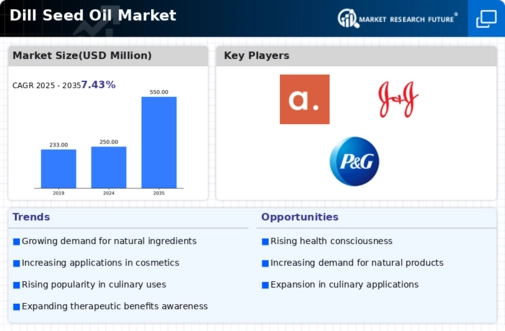
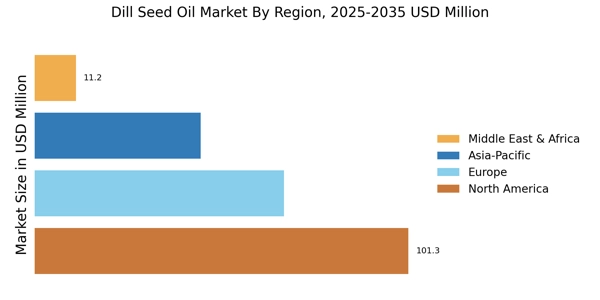
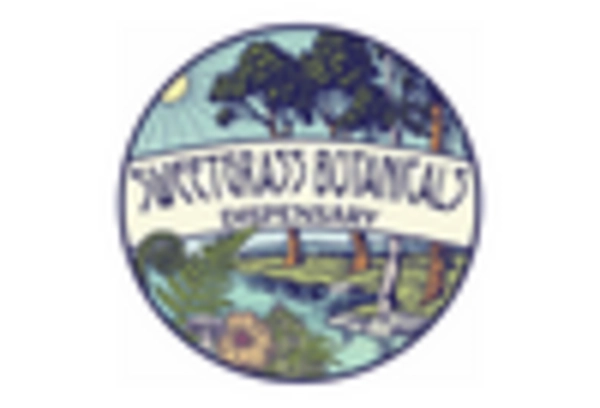
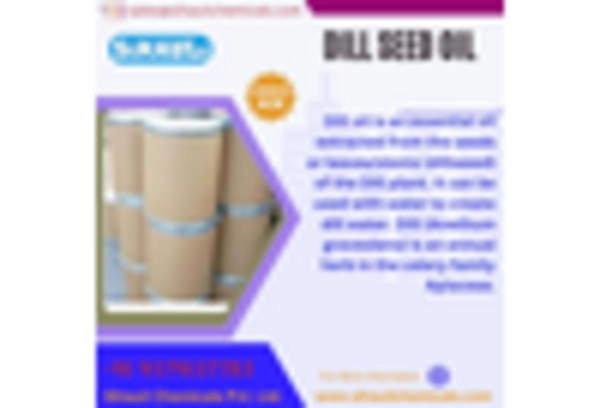
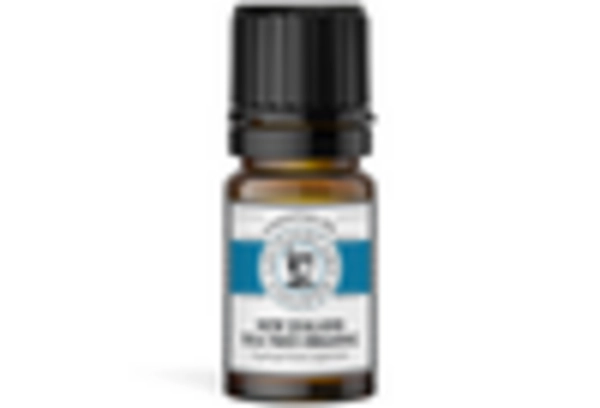
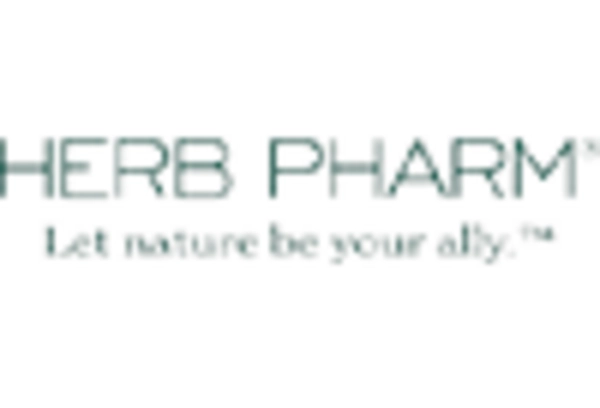
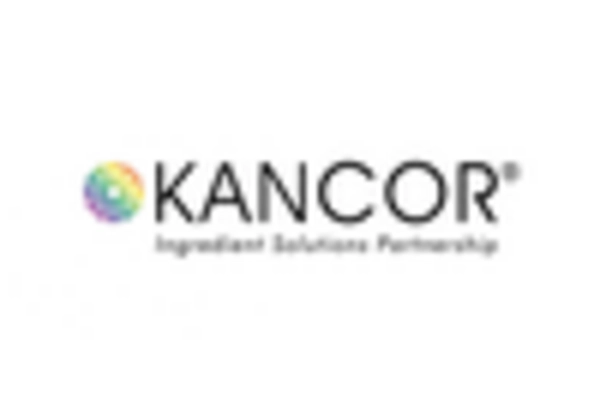
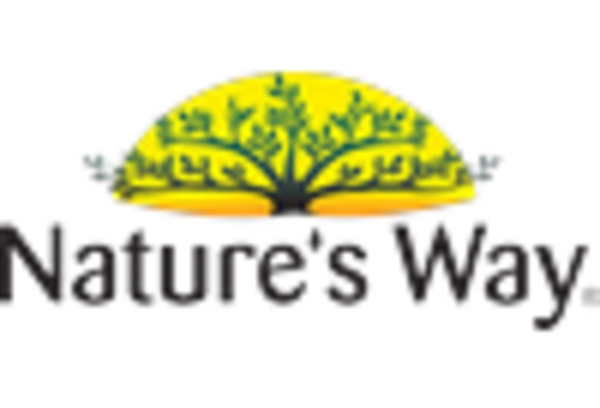








Leave a Comment